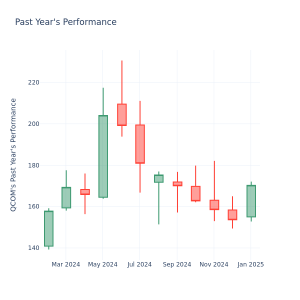SmartAsset and Yahoo Finance LLC may earn commission or revenue through links in the content below.
Foreign exchange rate risk, or currency risk, could potentially happen when the value of one currency fluctuates relative to another. For investors and businesses operating in global markets, this volatility can impact profitability and investment returns. Fortunately, there are many strategies and tools available to help hedge against foreign exchange rate risk. A financial advisor could work with you to manage it effectively. Here’s what you should know.
Foreign exchange risk could happen when the value of a currency potentially changes between the time a transaction is initiated and the time it is settled. This can affect the cost of goods, the value of investments or the profitability of international business operations.
For example, an American company importing goods from Europe might see its costs rise if the euro strengthens against the dollar, as more dollars will be required to pay for the same amount of goods.
A range of factors influence foreign exchange risk, including interest rates, geopolitical events, trade policies and market sentiment.
Currency markets operate 24/7, and exchange rates can shift quickly due to economic data releases or unexpected global events. These fluctuations create uncertainty for investors and businesses engaged in cross-border transactions.
Suppose you’re a U.S.-based investor, and you hold shares in a European company valued in euros. If the value of the euro falls against the dollar, the investment’s value in dollars will decrease, even if the share price remains constant in euros. This currency risk can eat into profits or amplify losses. A stronger euro, on the other hand, could boost returns when converted back to dollars.
Foreign exchange risk can take several forms. Here are four to consider:



